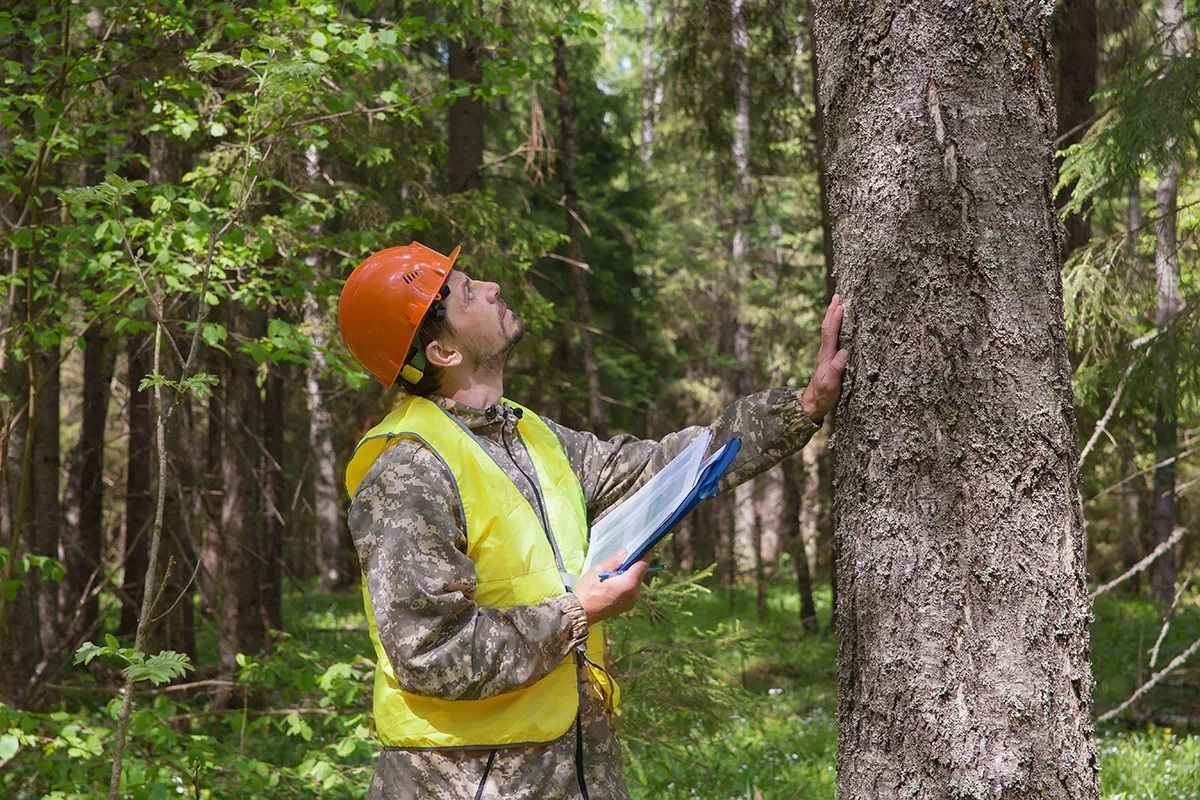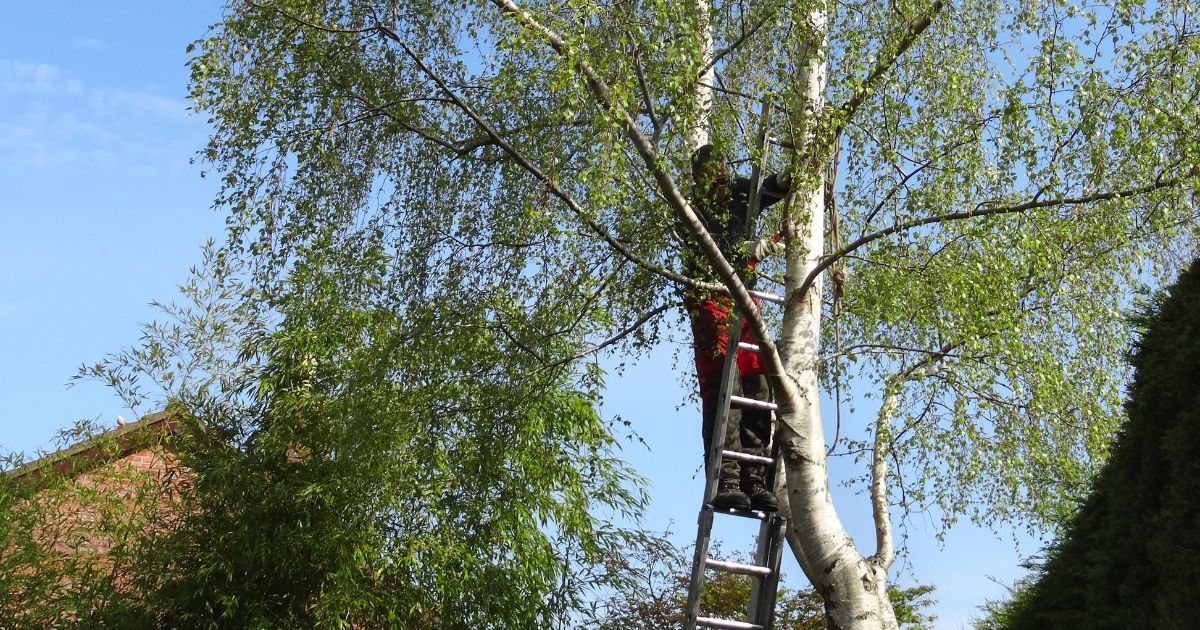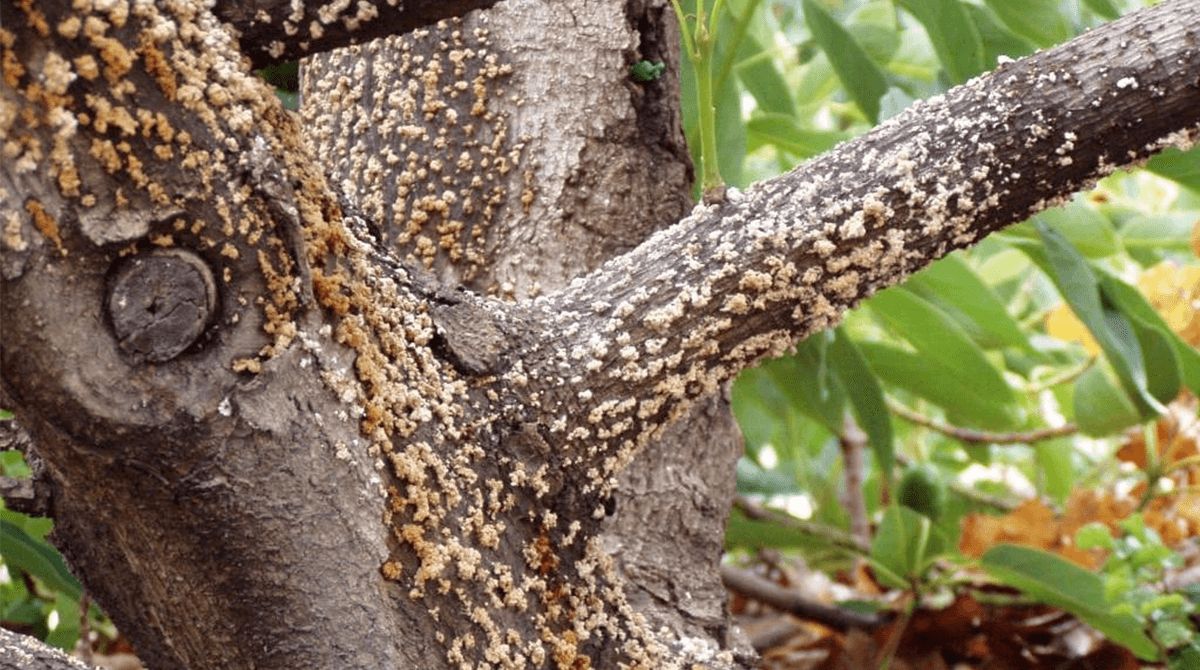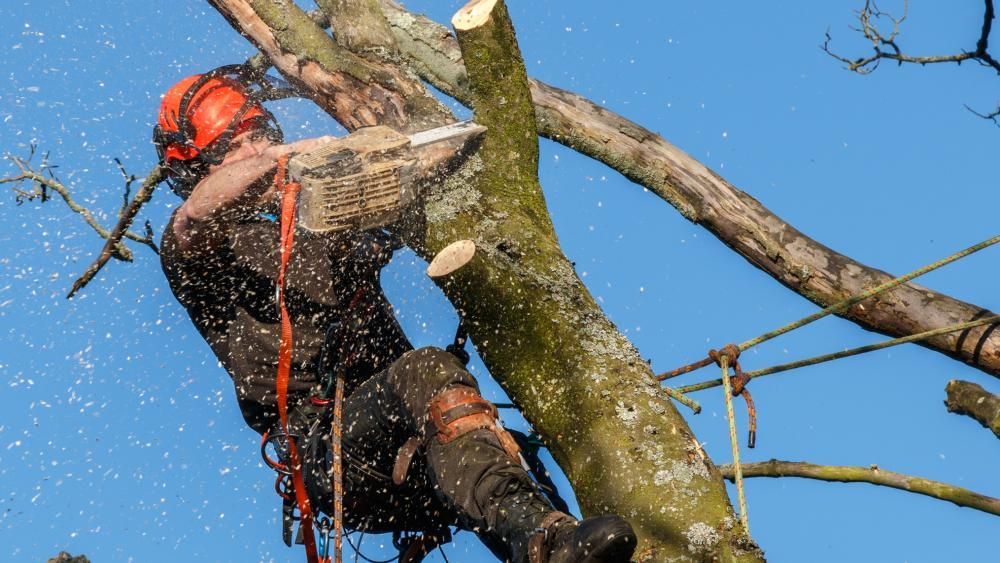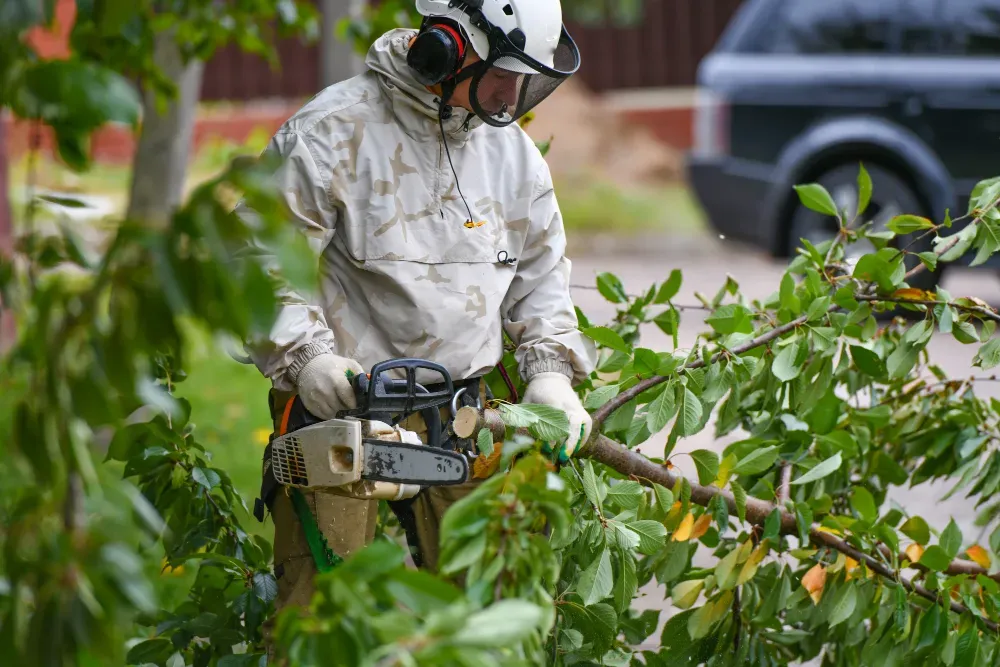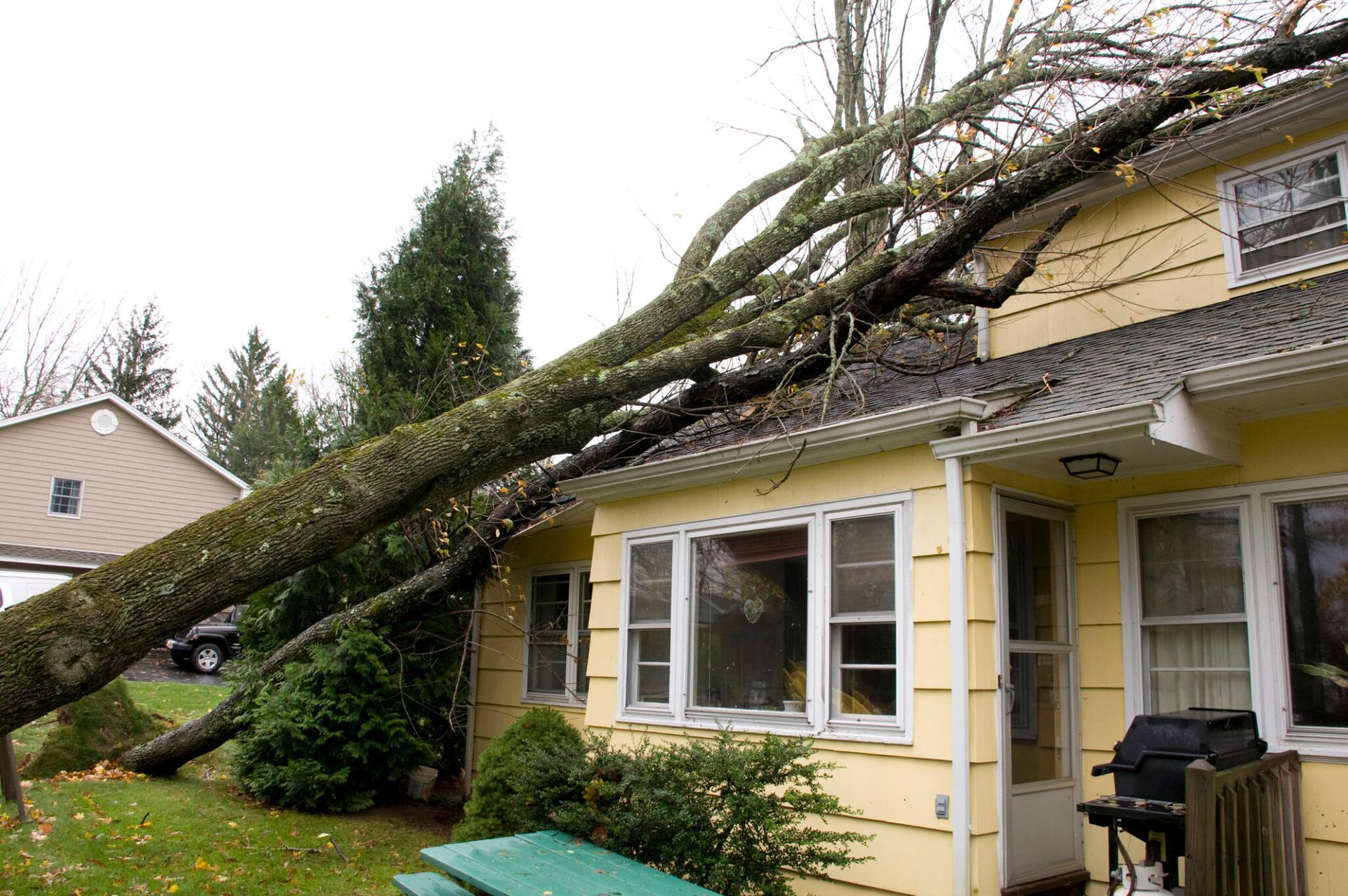Fall Tree Maintenance Checklist: Prepare Your Trees for Winter Like a Pro
As autumn brings cooler temperatures and colorful foliage, it also signals an important time for tree care. Preparing your trees during the fall is critical to ensure their health through the harsh winter months. If you neglect proper maintenance, trees can suffer damage from frost, snow, and wind. This comprehensive fall tree maintenance checklist will guide you through the steps to protect your landscape, ensuring that your trees not only survive but thrive when spring returns.
By following these expert tips and incorporating them into your routine, you'll create a landscape that stands strong through winter storms. And if you ever need professional help, you can reach out to a Tree Service for personalized care.
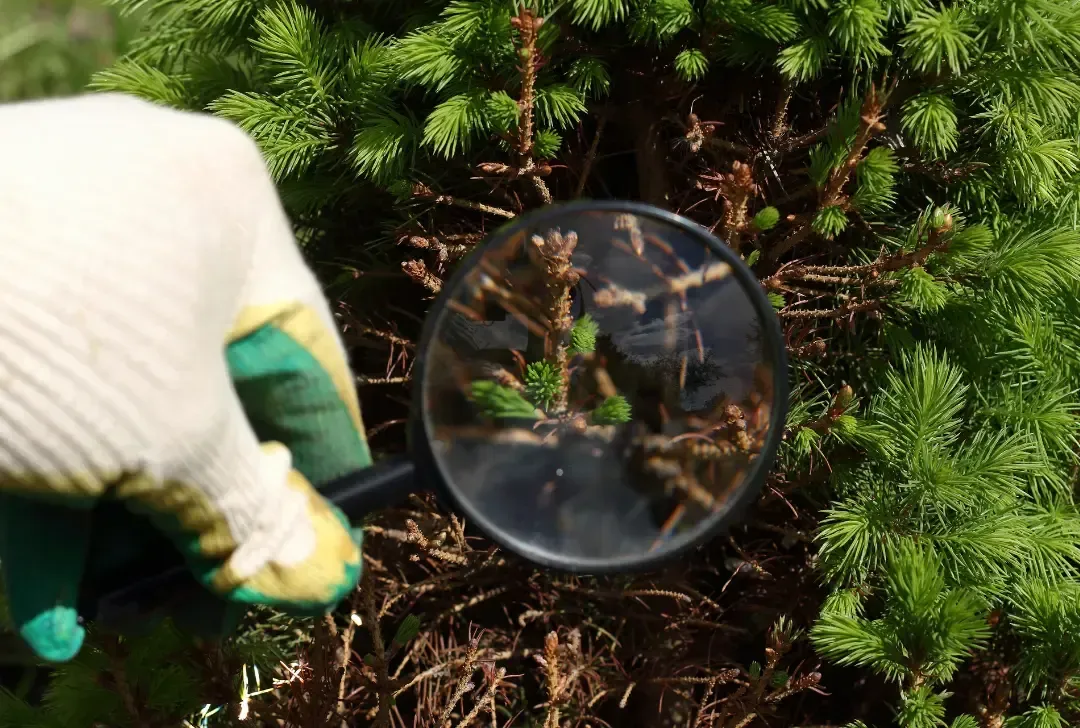
Inspect Your Trees for Damage
Before diving into maintenance tasks, it’s essential to inspect your trees for any visible signs of damage or disease. Look for cracks in the bark, dead branches, or signs of pests. Identifying issues early can help prevent further damage as the cold weather sets in. Weak or damaged branches are more susceptible to breaking under the weight of snow and ice, which can harm your property or pose a safety risk.
If you're unsure about what to look for, contacting a professional Tree Trimming service can help identify and address potential hazards.
Prune Dead and Diseased Branches
Fall is the ideal time to prune your trees, as most are entering dormancy. Pruning during dormancy reduces the risk of disease transmission and promotes healthier regrowth in the spring. Start by removing dead or diseased branches, as these can become a hazard during winter storms. Proper pruning improves air circulation and strengthens the tree structure, reducing the chance of limb breakage.
For extensive pruning or trees near power lines, it’s best to hire a Tree Removal expert to handle the job safely.
Mulch Around the Base
Applying mulch around the base of your trees in the fall is one of the most effective ways to protect their roots during the winter. A thick layer of mulch helps insulate the soil, keeping it at a more consistent temperature and preventing frost from penetrating too deeply. Mulch also retains moisture, ensuring that your trees stay hydrated even during dry winter conditions.
Make sure the mulch is spread evenly, leaving a few inches of space around the trunk to prevent rot and insect infestation. Mulching is especially critical for young trees or newly planted saplings, which are more vulnerable to temperature fluctuations.

Water Your Trees Before the First Frost
Although it may seem counterintuitive to water trees before winter, it’s crucial to give them a deep watering before the first frost. Trees lose water through their roots and bark during the winter months, so ensuring they are well-hydrated in the fall helps them survive the cold. A good soaking will also encourage deep root growth, making your trees stronger and more resilient.
Aim to water the soil around the dripline (the outer edge of the tree’s branches) rather than right at the base. This is where the majority of the tree's feeder roots are located, and it will help the tree take up the water efficiently.
Fertilize for Nutrient-Rich Soil
As part of your fall tree maintenance, consider applying a slow-release fertilizer. This will give your trees the nutrients they need to strengthen their root system and build reserves for the spring growing season. Avoid using fast-release fertilizers, which may stimulate new growth that is vulnerable to frost damage.
Fertilizing in the fall allows the nutrients to be absorbed slowly and efficiently, supporting overall tree health. This is especially important for trees that are stressed or have shown signs of poor health during the growing season.
Wrap Young Trees and Sensitive Species
If you have newly planted trees or species that are sensitive to cold, wrapping their trunks can prevent winter damage. Tree wraps provide an extra layer of insulation, protecting the bark from cracking due to frost or fluctuating temperatures. Wrapping also prevents animals like deer or rodents from nibbling on the bark, which can cause significant damage.
To wrap a tree, start at the base and wrap the material upwards, overlapping slightly as you go. Be sure to remove the wrap in the spring to avoid moisture buildup and fungal growth.
Support Weak or Young Trees with Stakes
Young or weak trees that have not yet developed a strong root system can benefit from staking before the winter. Staking provides extra stability during high winds and heavy snowfalls, which can otherwise uproot or damage the tree. Use flexible ties to secure the tree to the stake, allowing for some natural movement to encourage the tree to grow stronger over time.
Be sure to check the ties periodically throughout the winter to ensure they are not cutting into the bark as the tree grows.
Protect Trees from Heavy Snow and Ice
During winter, heavy snow and ice can accumulate on tree branches, increasing the risk of breakage. If your area is prone to severe winter weather, it’s important to monitor trees for excessive snow build-up. Gently shake off snow from branches if it appears too heavy, but be careful not to damage the tree. For ice, it’s best to let it melt naturally, as trying to remove ice can cause more harm than good.
If a major storm hits and causes significant damage, you may need Emergency Tree Removal to safely address fallen branches or uprooted trees.

Keep an Eye Out for Winter Pests
While many pests go dormant in the winter, some species, like certain types of beetles and rodents, can still pose a threat to your trees. Check your trees periodically for signs of pest activity, such as holes in the bark, droppings, or gnaw marks. Using tree wraps and applying pest repellents can help protect your trees from winter pests.
If you notice extensive damage, it's wise to consult with a tree care professional who can recommend the best course of action to protect your trees.
FAQs
How often should I water my trees before winter?
You should water your trees deeply about once a week leading up to the first frost. This will ensure they have adequate moisture stored in their roots to survive the winter.
Is fall pruning safe for all tree species?
Yes, fall is generally a safe time to prune most tree species, as they are entering dormancy. However, it's best to avoid heavy pruning on trees that flower in the spring, as this can reduce the number of blooms.
Can I fertilize my trees in the fall?
Yes, applying a slow-release fertilizer in the fall helps trees store essential nutrients for the winter and supports healthier growth in the spring.
Why is mulching important for trees in the fall?
Mulching insulates the soil, retains moisture, and helps protect tree roots from freezing during cold winter months. It also prevents weeds and reduces soil erosion.
How do I know if my tree needs staking for the winter?
Trees that are young, recently planted, or have weak root systems may benefit from staking to provide stability during winter storms. Be sure to use flexible ties to allow for natural movement.
What should I do if my tree is damaged in a winter storm?
If your tree is damaged by snow or ice, assess the damage carefully. Minor issues like broken branches can be pruned, but for large-scale damage, it’s best to contact an Emergency Tree Removal service for professional help.

Conclusion
Fall tree maintenance is essential for ensuring your trees remain healthy and resilient through the winter months. By inspecting, pruning, mulching, watering, and protecting your trees, you set them up for success when the harsh weather arrives. With the right care, your trees will emerge stronger and more vibrant come spring. And remember, if you need professional assistance, don’t hesitate to reach out to a Tree Service for expert advice.
